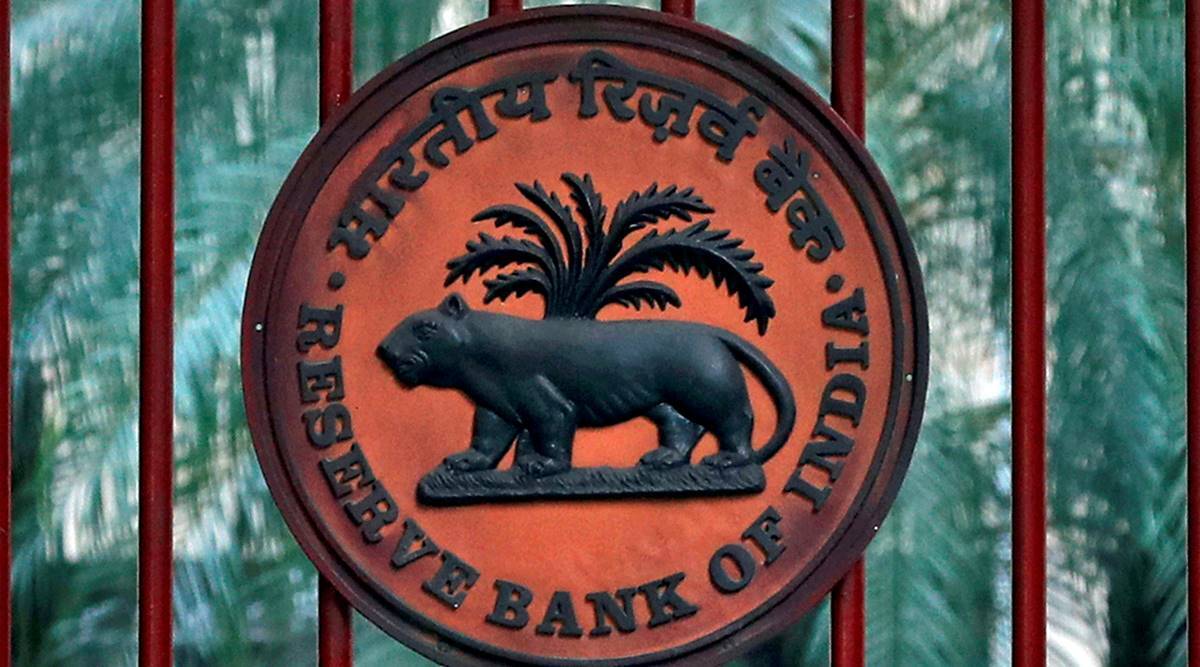20 May , 2023 By : Debdeep Gupta

As expected, the Reserve Bank of India's (RBI) dividend to the central government for 2022-23 is much larger than what the Union Budget for 2023-24 had penciled in.
On May 19, the RBI's central board of directors approved the transfer of Rs 87,416 crore as a dividend, nearly Rs 40,000 crore more than the Rs 48,000 crore the government had expected to get. The dividend is nearly three times the Rs 30,307 crore the RBI had transferred to the government for 2021-22.
Crucially, the sharp increase in the dividend has occurred despite the RBI's board raising the central bank's Contingency Risk Buffer (CRB) to 6.0 percent from 5.5 percent.
"The fact that the RBI has increased the Contingency Risk Buffer from 5.5 percent to 6 percent has probably led to the dividend remaining in the lower band of our expectations. Otherwise, it probably would have touched Rs 95,000 crore or even more," said Madhavi Arora, lead economist at Emkay Global Financial Services.
The CRB is, in the words of the Bimal Jalan-led expert committee of 2019, "the country's savings for a 'rainy day'".
The CRB comprises the RBI's provisions to cover any potential risks – be it credit, operational, financial, or related to monetary stability.
The Jalan-led expert committee, in August 2019, had recommended that the RBI should maintain this buffer in the range of 5.5-6.5 percent of its balance sheet. Since then, the RBI's board has always taken the lower bound, or 5.5 percent, as the level of its CRB, making the May 19 decision to increase it by 50 basis points to 6 percent a first.
One basis point is one-hundredth of a percentage point.
However, the Jalan committee had noted that the "desired" level of the RBI's 'Available Realised Equity' "would be required to lie within the range of 'requirement' of 5.5 to 6.5 percent".
"The RBI was working with minimum capital so far. And it looks like they felt the excess income was large enough to both provide a higher dividend and to boost the equity position," said Abhishek Upadhyay, senior vice president, and economist at ICICI Securities Primary Dealership.
According to Upadhyay, the RBI may have wished to increase the CRB given that a number of central banks around the world are working with negative equity positions, with losses on their bond and portfolios piling up.
However, this is not the case with the RBI, as the headwinds it faces are not as severe as they are for other central banks. As such, the increase in the CRB is likely a precautionary move to preserve credibility, Upadhyay added.
"Also, it may be that when the scope for a large dividend will likely be less next year due to expansion of the RBI's balance sheet, maybe they can then opportunistically reduce this buffer as well to smooth out the volatility in dividend pay-out, particularly if risks to the capital position don't materialize," Upadhyay said.
The RBI's balance sheet expanded by a mere 2 percent in 2022-23, according to economists' estimates.
Boost to government
Clearly, the extra Rs 40,000 crore or so – amounting to 0.13 percent of GDP – from the RBI will be of help to the central government.
"However, it may be too early to say with certainty that the 2023-24 fiscal deficit will undershoot the 5.9 percent of GDP target," said Gaura Sen Gupta, India economist at IDFC First Bank.
"This is because the sharp reduction in inflation, in particular WPI (Wholesale Price Index) inflation, implies that 2023-24 nominal GDP growth could be lesser than what is assumed in the Union Budget of 10.9 percent. Our model indicates that nominal GDP growth could be around 9 percent. This implies that tax collection growth could be lower than what is assumed in BE (budget estimates). There is also the risk that disinvestment proceeds could undershoot BE," Sen Gupta added.
The budget estimates that the Centre's gross tax collections will rise 10.4 percent from 2022-23 to Rs 33.61 lakh crore in 2023-24. Meanwhile, proceeds from disinvestments have been pegged at Rs 51,000 crore.
0 Comment